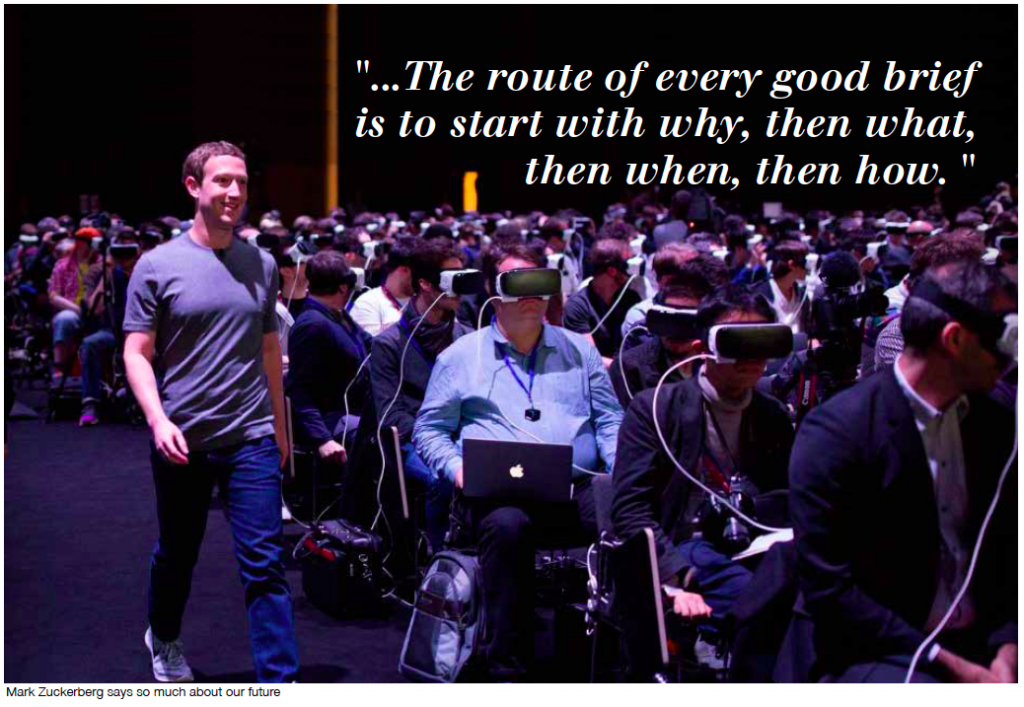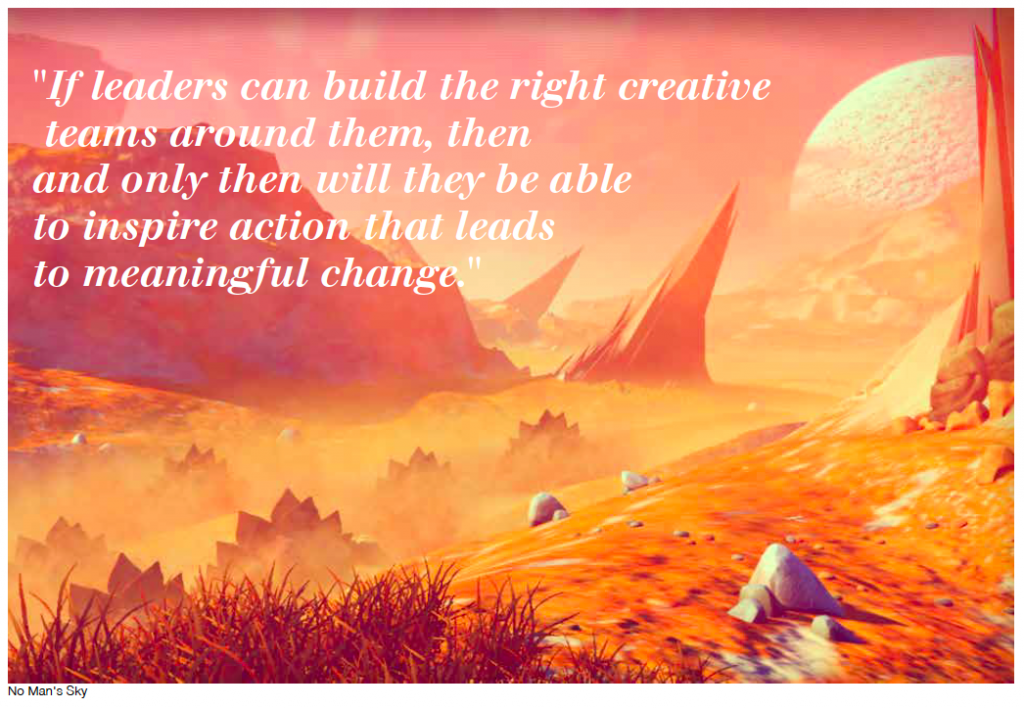
Simon Sinek’s bestselling book (Start with Why: How Great Leaders Inspire Action) has fundamentally changed the way millions of entrepreneurs and leaders think about their business. If you haven’t watched his excellent TED talk (click here) you should.
Now you’re up to speed, I’m sure you’ll agree that he speaks absolute sense and you can see why his ideas now permeate boardrooms and agencies around the world. He talks about how great leaders (Martin Luther King), great innovators (The Wright Brothers), and great brands (Apple) all frame their message in the same way, which is to communicate not what they do or how they do it, but why they do it. It’s engaging, sincere, and it gives people something to rally behind.

No wonder that, soon after it’s release, businesses were frantically re-writing their mission statements. The smoothie brand that previously said that they make delicious smoothies by using local fruits now talk about how they believe in supporting British businesses and champion ethical farming practices.
This is great, in practice.

The reality is that there are far more businesses that are brilliant at what they do – full of smart, talented people – and yet they have either lost their why or don’t know how to sum up their purpose. It doesn’t make them lesser brands, but it does present unique challenges when writing creative briefs. Your ‘why’ needs to be based on truth – consumers have a sharp instinct for BS, and if you don’t believe me then just look at how some of the pre-recession campaigns run by banks were received by bloggers.
Did Nationwide’s Solid Stable. Dependable. ad really ring true with the general public? It’s for branding agencies to help uncover these truths, whether through workshops or research groups or whatever. Because the route of every good brief is to start with why, then what, then when, then how.

It’s this process that formed the most coherent brief that I have ever seen in over 15 years of working as a specialist in branding, and it’s this model that allows strategists to come up with multiple how’s that deliver way beyond the clients vision and that lead to real commercial growth.
For me, uncovering the why, which is the foundation of every good piece of brand communication, starts with building the right team of people around the problem. This isn’t necessarily for the client to solve. Yes, they should understand the general idea behind Simon Sinek’s talk, but they don’t have to tackle this internally.
The fundamentals of branding have not changed – and companies will still need to start with their why but the way in which brands reach this point and the quality of their communication will be down to their access to the best individuals and the most effective tools. If leaders can build the right creative teams around them, then and only then will they be able to inspire action that leads to meaningful change. But then that’s always been the case. And that’s the reason that agencies will survive in the future.
If you need help uncovering your brand’s why, email me: @honey.co.uk